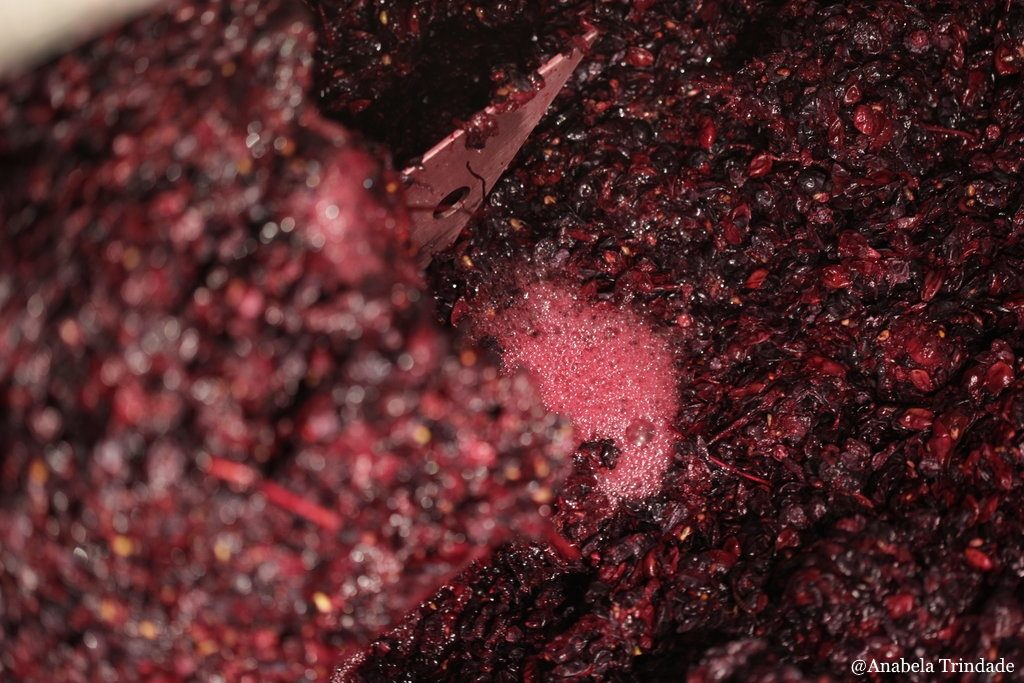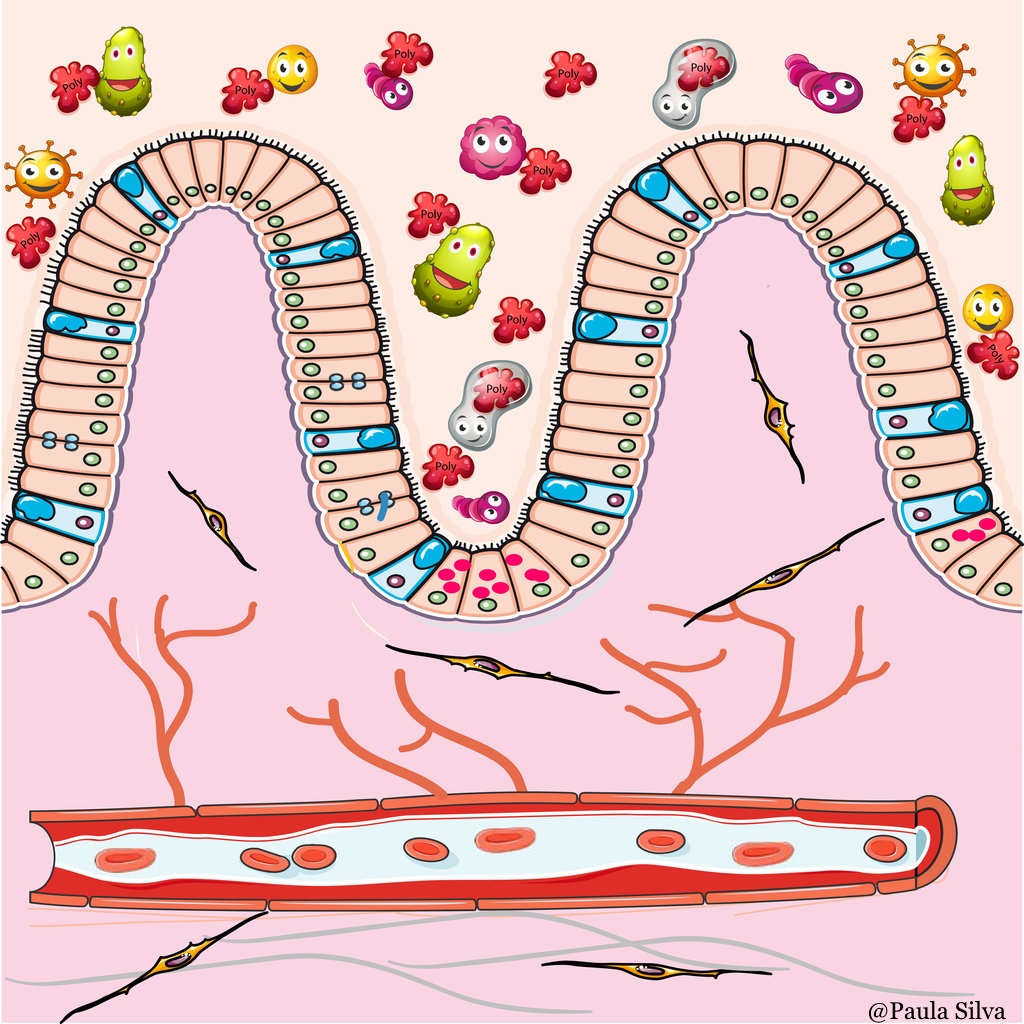One of the main goals of this blog is to inform people about the latest news in wine research area. People need to know the state-of-the-art to be able to apply that knowledge in their works on the way to evolution and success. Ranking the papers according with the number of times that they were cited, is one of the ways to measure the impact of several studies in a specific area of research. I ordered the papers according with the number of times that they were cited in the period between January of 2015 and December of 2017. The results were obtained in a search performed in Web of Science Core Collection, the field tag used was “wine” and the results were filtered to list all Highly Cited in Field or Hot Papers in Field.
Analysing the list, we can see that most of the papers are in the Food Science and Technology and Nutrition Dietetics research areas. Consequently, the journals with higher number of records on the list are: Food Chemistry, Critical Reviews in Food Science and Nutrition, Food Control, International Journal of Food Microbiology and Nutrients. On top three of these research area’s list are three reviews, which was already expected as this type of papers are used by a huge number of researchers to support their hypothesis. This fact is confirmed when the analysis is made by document type, as almost half of the papers are Reviews.

The paper with more citations belongs to Food Science and Technology research area and it is entitled “Electronic noses for food quality: A review”. An exhaustive bibliographic research was made about the use of electronic noses for food quality monitoring (meat, milk, fish, tea, coffee and wines). Regarding wine, electronic noses were used mainly to verify its quality. The authors mentioned studies where the electronic nose was used with other goals, namely discrimination between aging techniques, discrimination between products (based on geographic origin or grape) and the prediction of sensorial descriptions. From their research, the authors concluded that it is necessary more developments in this field before the transition from an experimental scale to an industrial one in real contexts. I am a wine lover, and I learned that wine tasting is a unique experience for each type of wine. It is a multifactorial analysis that depends the factors that can be controlled (temperature, humidity, light…) but, also by factors that are difficult, or even impossible, the “human” ones. Each wine taste exercise is a journey that comprises all the senses, that starts in the past, in the things that we have in our memory and ends in the future, with the wine taster trying to predict the wine evolution. Could the human features be replaced by a nose and/or an electronic tong? I invite all wine tasters to share their thoughts with me. (Photo: Bento Amaral)

Regarding the other two reviews of the top 3 mentioned above, let me talk first of the one that is in third place. This paper is the only one of the all list that was considered Hot Papers in Field. The “Green alternative methods for the extraction of antioxidant bioactive compounds from winery wastes and by-products: A review”, is a paper written by Francisco Barba et al. and published in March 2016.
This is really an interesting issue, since winemaking is a seasonal activity, and in grape harvesting period a great accumulation of residues is generated. Usually, winemaking by-products have been sent to distilleries to obtain ethanol or to be used as fertilizers or biomass. Nevertheless, these activities are usually carried out by external companies representing economic costs for the wine industry. So, finding alternative solutions for the exploitation and valorisation of those by-products, which would involve economic, social, and environmental advantages, will be of great interest. Several studies about the chemical composition of winemaking by-products were made, which confirmed that those represent low-cost sources of many phenolic compounds, which have potential industrial applications (pharmaceutical, cosmetic, nutritional, or agricultural) due to their strong antioxidant, anti-inflammatory or antimicrobial effects.
The health benefits of polyphenols depend on their plasma concentration, and consequently depend on their intestinal absorption. So, it is without surprise that we observe that in second place on our list of Food and Nutrition area is a review paper entitled “Interaction of dietary compounds, especially polyphenols, with the intestinal microbiota: a review”. In their analysis, the authors concluded that “the products of bacterial metabolism may exhibit enhanced or more beneficial effects, or they may be degraded to inactive or toxic compounds.”

Therefore, they recommended future studies on the metabolism of polyphenols by the intestinal microbiota since they are crucial to understand the role of these compounds and their effects on human health. Two years later, in 2017, Isabel Moreno-Indias and her group published “Red wine polyphenols modulate fecal microbiota and reduce markers of the metabolic syndrome in obese patients”, that is also a Highly Cited in Field paper. They conducted a randomized, crossover, controlled intervention study and concluded that moderate intake of red wine by obese adults with the metabolic syndrome lead to in positive effects on the composition of the gut microbiota and a reduction in the metabolic syndrome risk markers.
The increase in absorption and bioavailability of polyphenols, including the ones of wine, can be achieved improving the aqueous solubility by encapsulating them. One of the Highly Cited papers in Food Science and Technology field is “A review: Using nanoparticles to enhance absorption and bioavailability of phenolic phytochemicals”. Nanoparticles have several advantages such as: improve the aqueous solubility of phenolic phytochemicals, prevent those against oxidation/degradation in the gastrointestinal tract and nanoparticles increase the absorption of phenolic phytochemicals. However, the authors recommend future studies “focused on phenolic phytochemical encapsulated nanoparticles designed for oral administration, better gastrointestinal stability, mucus penetrating function, and intestinal epithelial cell targeting properties.”
Since 1991, when CBS Broadcasting Inc. featured a story on the French Paradox suggesting red wine consumption reduces the risk for heart disease, that several studies were conducted aimed to disclose the beneficial effects of moderate wine consumption on cardiovascular diseases. In 2015, Kazuo Yamagata et al. published the paper “Dietary polyphenols regulate endothelial function and prevent cardiovascular disease”, that enclose a bibliographic research of the many studies about the preventive effects of polyphenols on cardiovascular disease. In conclusion, they pointed out to the great number of studies that show the beneficial effect of polyphenols on vascular endothelial cell function. Kazuo Yamagata et al. recommend that in future more studies are necessary to discover the mechanisms by which dietary polyphenols act to provide their protective effects. Cardiovascular disease is the greatest cause of morbidity and mortality associated with type 2 diabetes and needs severe control of glucose and lipid concentrations as well as blood pressure to minimise risk of complications and disease progression. Heather A. Hausenblas et al. performed a systematic review and meta-analysis study and concluded that exist a rational reason for the use of resveratrol interventions as an aid to standard pharmaceutical management in type 2 diabetes through larger, long-duration clinical trials with additional outcome measures. However, one year after, in 2016, was published another review entitled “Polyphenols and Glycemic Control” with opposite conclusion. This review, also a paper highly cited in Nutrition and Dietetics field, the mechanisms of action of dietary polyphenols in glucose homeostasis and insulin are discussed. The authors show that there is little evidence of an effect of grape and wine polyphenols on glucose and insulin. However, these results are not discouraging, quite the opposite these results show that larger and better designed clinical studies are necessary before any recommendations can be made.

